
House Plants That May Be Poisonous To Children & Pets
Apart from beautifying a home, house plants also contribute to purifying the air and may also be medicinal or edible. However, even a common household plant can be poisonous. For example, a common staple in the kitchen is the aloe vera, which has a soothing gel that helps with burns, but it can be toxic to cats and dogs.
It is advisable to keep such plants out of reach of children and pets. If you are worried, remove these plants from your house entirely.
Toxic plants cause poisoning in various ways, from ingestion to contact, to drinking the water from the tray. Nurseries seldom put warning signs on their potted plants, so it is vital you know which ones to avoid (or where to place them in your home). These 10 house plants are poisonous to humans or animals so be wary:
1. Philodendron

Philodendrons are popular house plants because they are easy to grow. However, they contain calcium oxalate crystals, which, when ingested, are toxic to animals causing seizures, spasms, pain, and swelling and mildly toxic to humans, causing a dermatitis reaction and swelling of the mouth and digestive tract.
The vining variety needs to be hung out of reach of kids and animals and trimmed regularly, while the non-vining plants should be placed on a shelf or window sill.
2. Peace Lilies
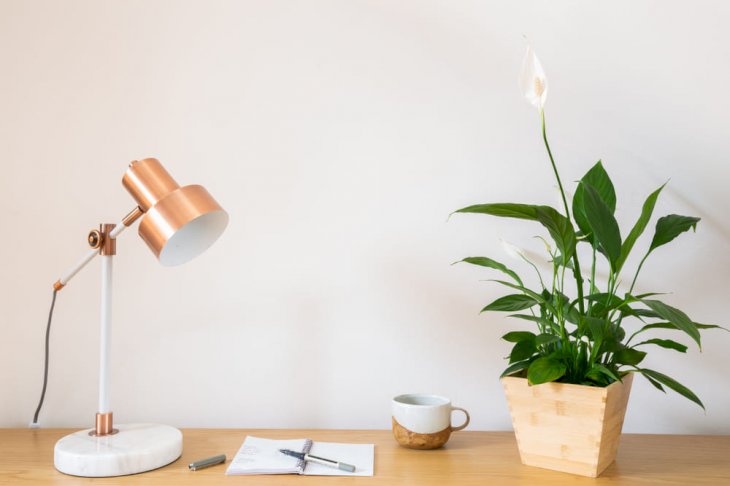
Shutterstock
Though not a true lily, the dark leaves, white flowers, and low maintenance needs of peace lilies make them a common indoor plant. They are great as air purifiers. Peace lilies are not dangerous to touch, but if consumed, they are toxic to humans and animals. The entire lily family is toxic to cats.
Symptoms of poisoning in humans include difficulty speaking or swallowing, burning and swelling of lips, mouth, and tongue, diarrhea, vomiting, and nausea. Symptoms in cats include vomiting, lethargy, lack of appetite, renal and liver failure, and if left untreated, death. It is preferable to keep this plant if you have older children and no pets.
3. Caladium
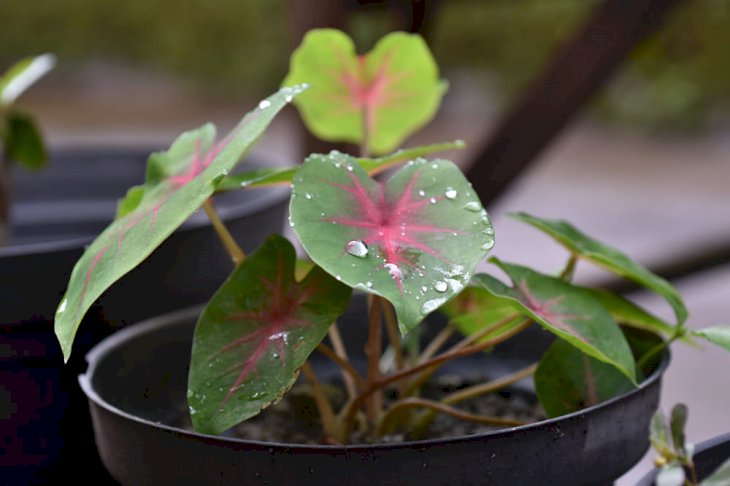
Shutterstock
The brightly colored Caladium, or Elephant Ear, is a trendy decor in many homes. Its velvety leaves are tempting to touch or eat by toddlers and pets.
However, consumption of the leaves can cause eye pain, diarrhea, swelling, and vomiting. These are better off on higher shelves or outside.
4. Arrowhead Plant
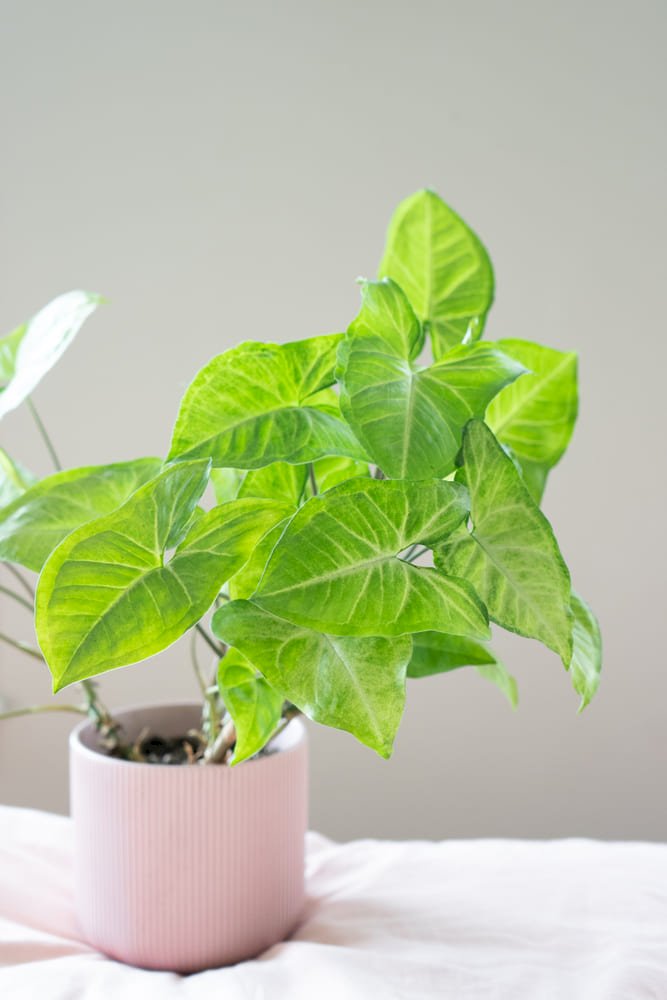
Shutterstock
The Arrowhead plant is often gifted to people because they are easy to care for. Young plants look bushy with heart-shaped leaves, while older plants have arrowhead-shaped leaves on climbing stems.
Humans and animals show symptoms of irritated skin, stomach upset, and vomiting. Even if these plants are kept out of reach, be careful of shedding leaves.
5. Oleander
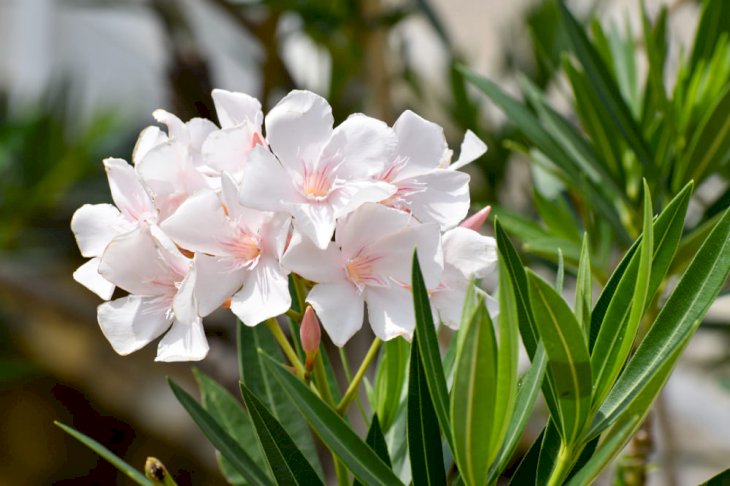
Shutterstock
The delicate-looking oleander is so toxic that ingesting one leaf is known to cause death in some humans. Even its nectar produces symptoms.
Symptoms in humans include arrhythmia, dizziness, and tremors and in pets: arrhythmia, vomiting, and cold extremities. It is best to keep children and pets far away from this toxic house plant.
6. Poinsettia
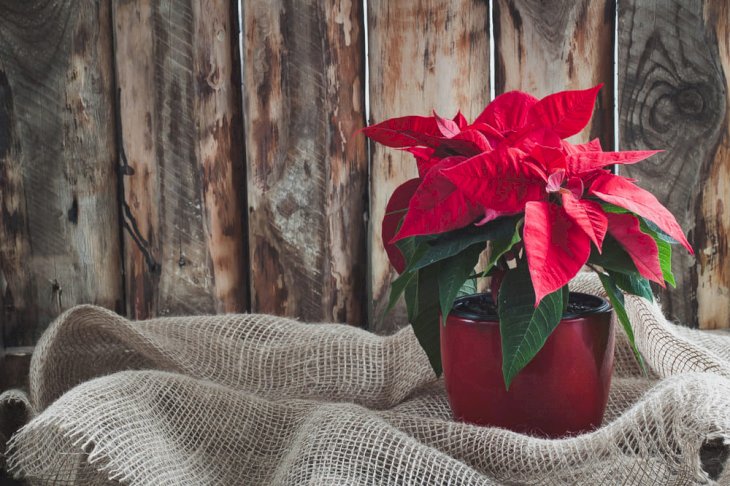
Shutterstock
The poinsettia is a common Christmas decoration and gift due to its dark, pointy leaves and traditional red flowers.
It causes nausea and vomiting when ingested, and has a reputation for being a dangerous plant for pets. Skin becomes red and irritated when exposed to the poinsettia’s sap.
Prepare a safe location to enjoy the poinsettia’s beauty without placing your family’s or pet’s health at risk.
7. Cyclamen
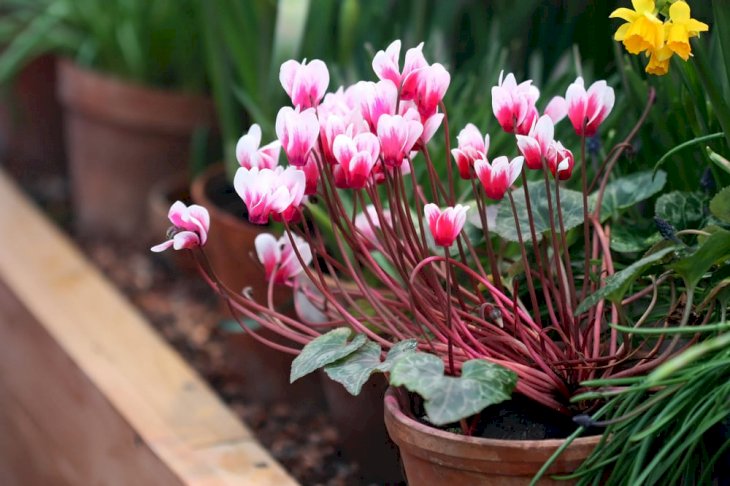
Shutterstock
The dark leafed plant produces brightly colored flowers, and these flowers make Cyclamen popular for homeowners.
They can cause diarrhea and vomiting when consumed. If you have kids or pets, keeping these vertical plants on shelves does not have the same cheery effect.
8. Snake Plant or Mother-in-Law's Tongue

Shutterstock
The snake plant’s sword-like leaves and mottled or variegated green with hints of white foliage makes a great floor plant, but it is highly toxic to pets if not humans.
In humans, the symptoms: pain, salivation, dermatological reaction, and some nausea are short-lasting. In cats and dogs, there is excessive salivation, pain, nausea, vomiting, and diarrhea.
9. English Ivy
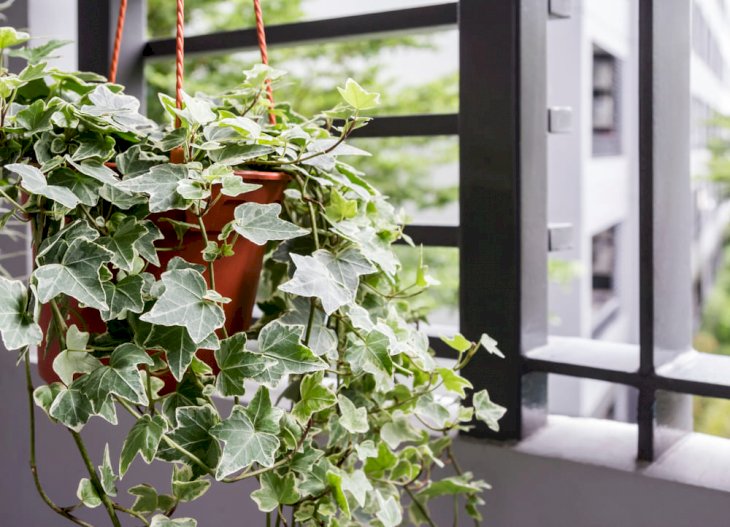
Shutterstock
English Ivy is a charming creeper outdoors. Indoors it creates a cascading showpiece as it hangs from baskets. It is used as decor in wreaths and centerpieces.
Poisoning can cause weakness, vomiting, dermatitis, rash, throat swelling, and ataxia. Luckily, the beautiful vines can be easily kept out of reach from children and pets.
10. Pothos
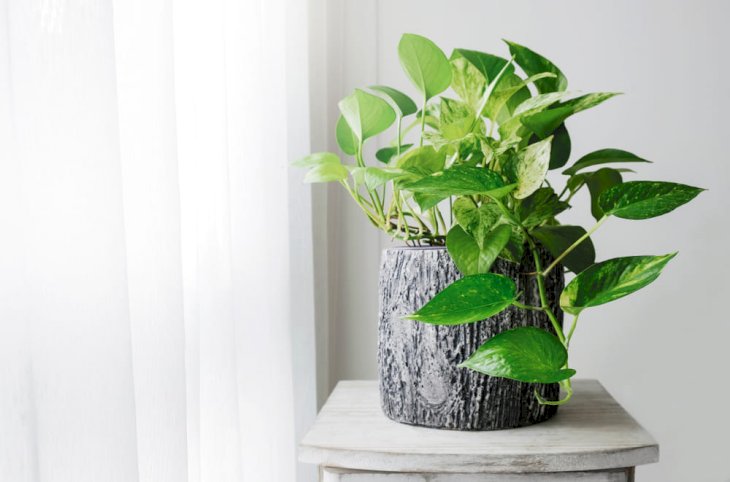
Shutterstock
Pothos or Devil’s Ivy is a common house plant. It has beautiful variegated leaves and can be easily propagated from cuttings. This budget-friendly plant is also reputed to have air-purifying properties.
It is safe to touch, but consumption by humans or pets can lead to vomiting and swelling, and in severe cases, renal failure and death in pets.